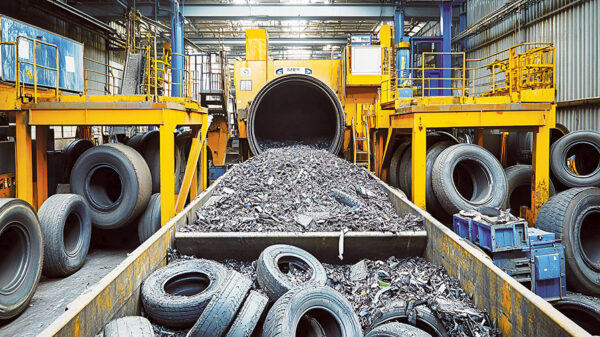The American Circular Textiles (ACT), a coalition of organizations dedicated to driving circularity in the U.S. fashion sector, submitted a letter to the Environmental Protection Agency (EPA), urging the agency to include textile waste in its efforts to prevent plastic pollution. The letter, submitted by Rachel Kibbe, executive director of ACT, outlines the pressing challenges of textile waste and proposes concrete solutions to combat the environmental and social impacts caused by the industry.
The letter commends the EPA’s efforts to address plastic and other waste in waterways and oceans but emphasizes the significant impact of textile waste on environmental health, human well-being and climate change. With approximately 60 percent of clothing production materials consisting of plastic, including polyester, acrylic and nylon textiles, the disposal of over 30 billion pounds of textile waste annually in landfills and incinerators is becoming the nation’s fastest-growing waste stream, a major methane emitter and an outsized source of microfiber pollution.
In its letter responding to the EPA’S Draft National Strategy to Prevent Plastic Pollution docket, ACT proposed amendments to existing Extended Producer Responsibility (EPR) laws to include reuse and recycling of textiles. The coalition suggests that federal Congressional committees collaborate to pass bipartisan legislation providing a unified roadmap for state textile reuse and recycling solutions, including but not limited to textile-specific EPR laws aligned with the waste hierarchy. This approach aims to harmonize national textile collection targets and the allocation of funds for textile reuse and recycling logistics, infrastructure, market development and innovation.
Kibbe stated, “We believe that by incorporating these recommendations into your strategy, we can make significant progress in reducing plastic waste and promoting circular fashion, ultimately contributing to a more sustainable and equitable future.”
ACT looks forward to collaborating with the EPA and other stakeholders to effect positive change and drive the transformation of the U.S. fashion industry toward a more sustainable and circular model.






